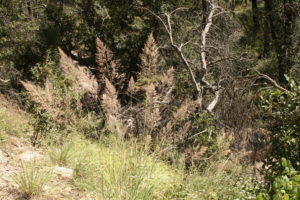
I am not that great at identifying native grasses, but I keep on trying . Thank goodness some are really quite easy to ID and that makes me feel somewhat competent and want to learn more.
Bullgrass (Muhlenbergia emersleyi) is a common bunch grass found in the hills above the desert floor and in late summer into fall its lavender colored panicles are just glorious. Once you’ve seen it and identified it you may want one or two or three for your personal habitat. Ask your favorite nursery. And while you’re there ask if they grow or offer any Boutleoa species. Blue grama (Boutleoua gracilis), a kissing cousin to hairy grama (Bouteloua hirsuta,) is usually available. If not, seed can be found in packets, but hey, why not go out into habitat and gather some seed of you own. Yeah, that’s a good idea and it is an easy grass to identify. See you out there.
A couple notes: the photos are of the bullgrass, hairy grama, and the walking stick on the lip of a zip lock bag. I reuse those zip locks so many times and they all started out holding frozen roasted green chiles, so they are labeled, “Ochoa hot” or “Arevalos Farm medium.”, etc. The tall panicles of bull grass (M. emersleyi) are beautiful in dried arrangements. Yes, a weakness of mine and when you finally throw the arrangement out it may reseed around your place. I love the walking stick I gathered and it reminds me that no matter what you are out doing, birding, botanizing, herping, there is always more to see and learn. Sweet!
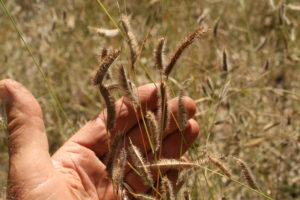
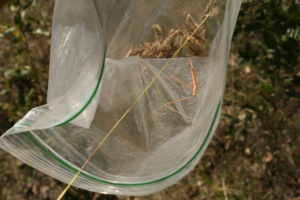
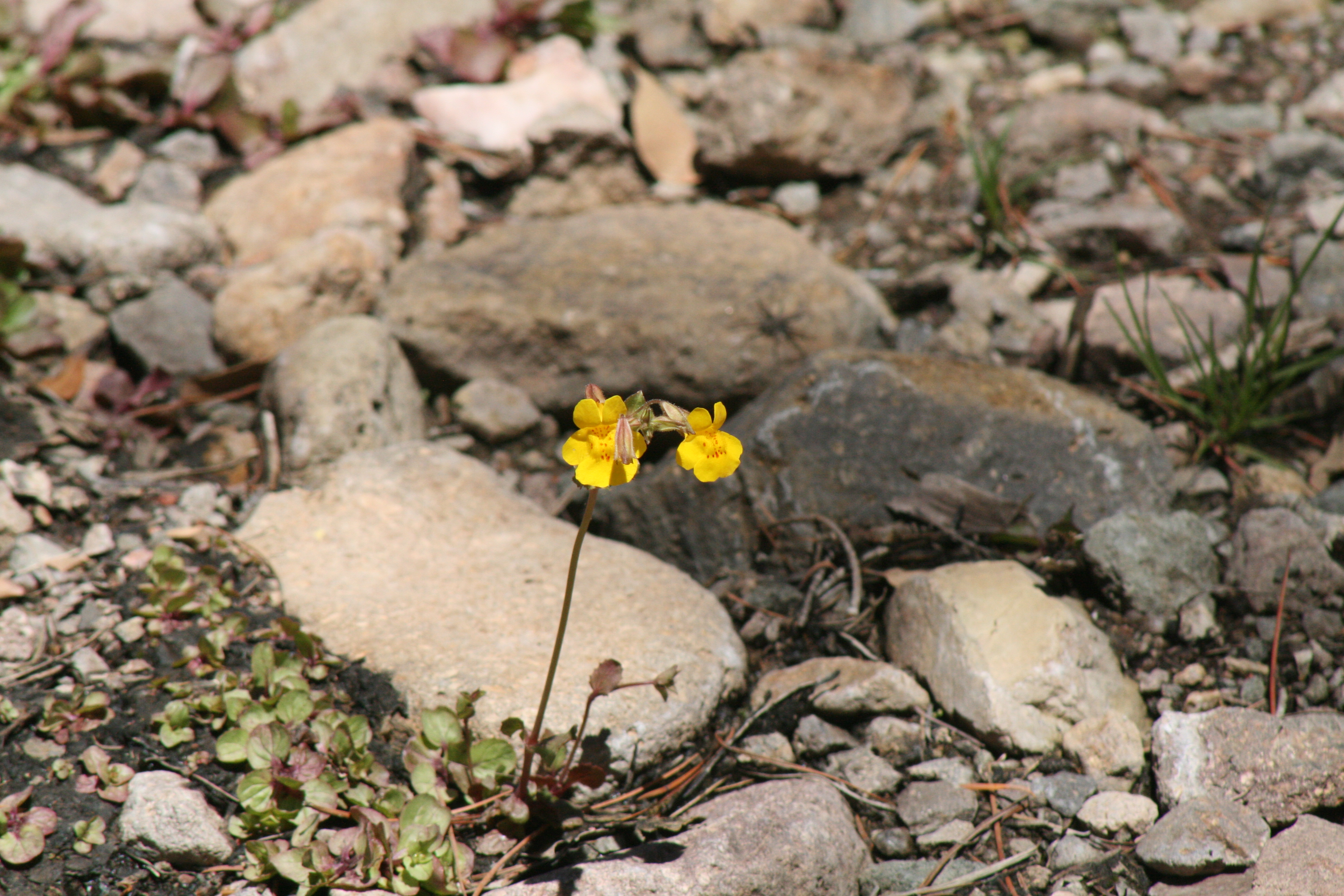
Petey jabbers about monkey flowers and sandhill cranes and declares that spring has sprung in the desert grassland.
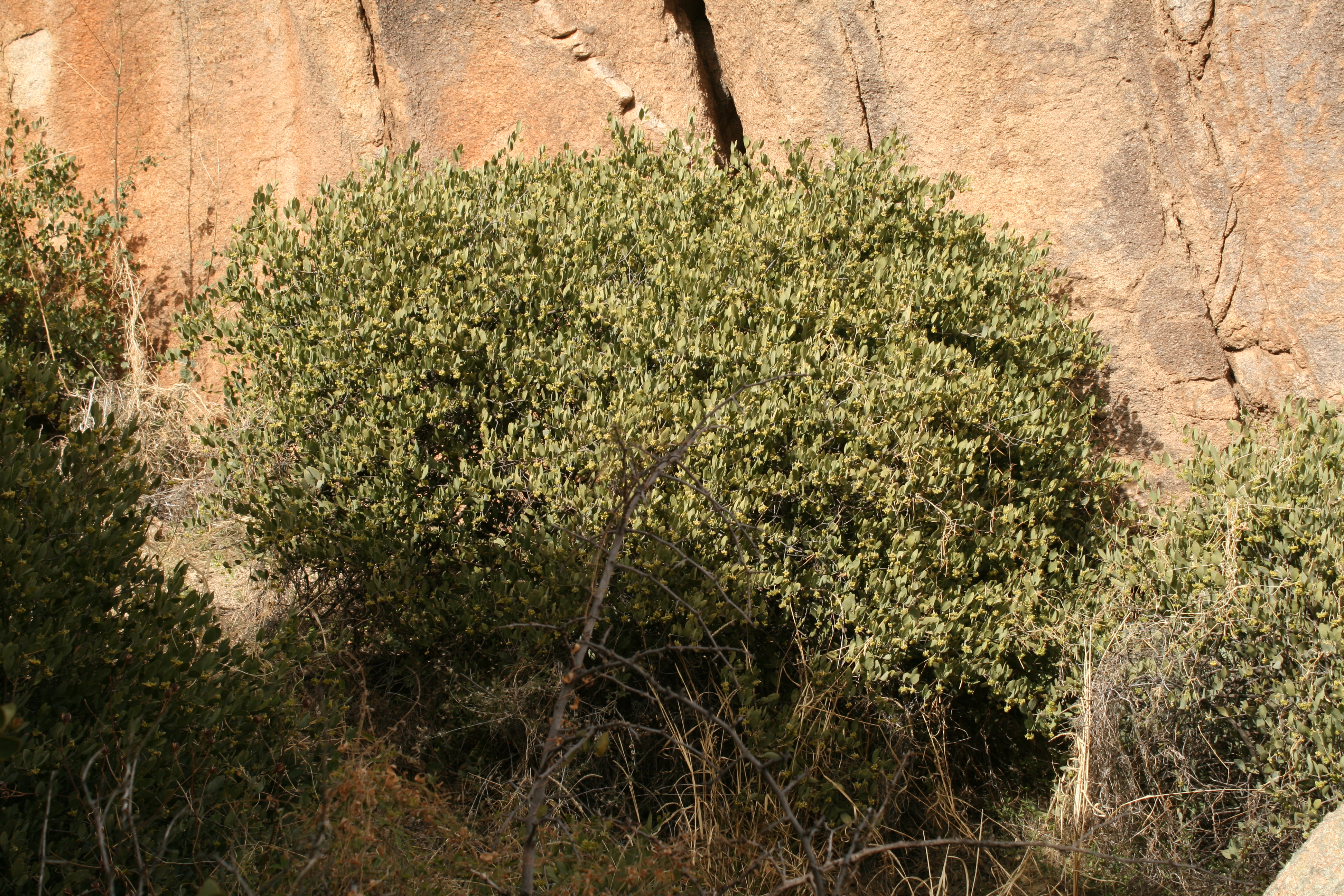
I’m not sure I can add a whole lot more about jojoba (Simmondsia chinesis) other than what you hear in this show, except that...
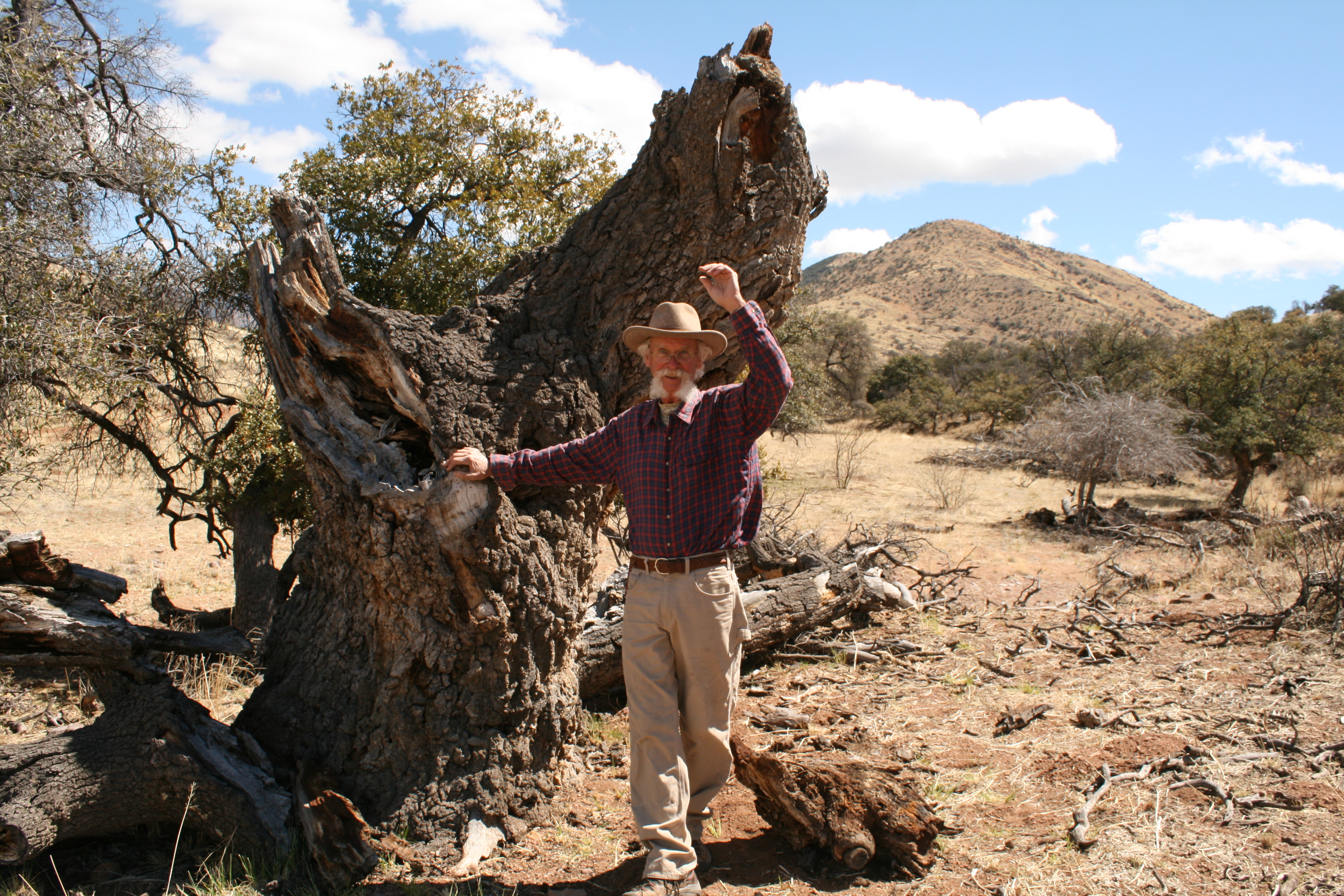
Well, it was a cold winter, but as I sit and write this blurb it is 75 degrees outside with overnight lows in the...